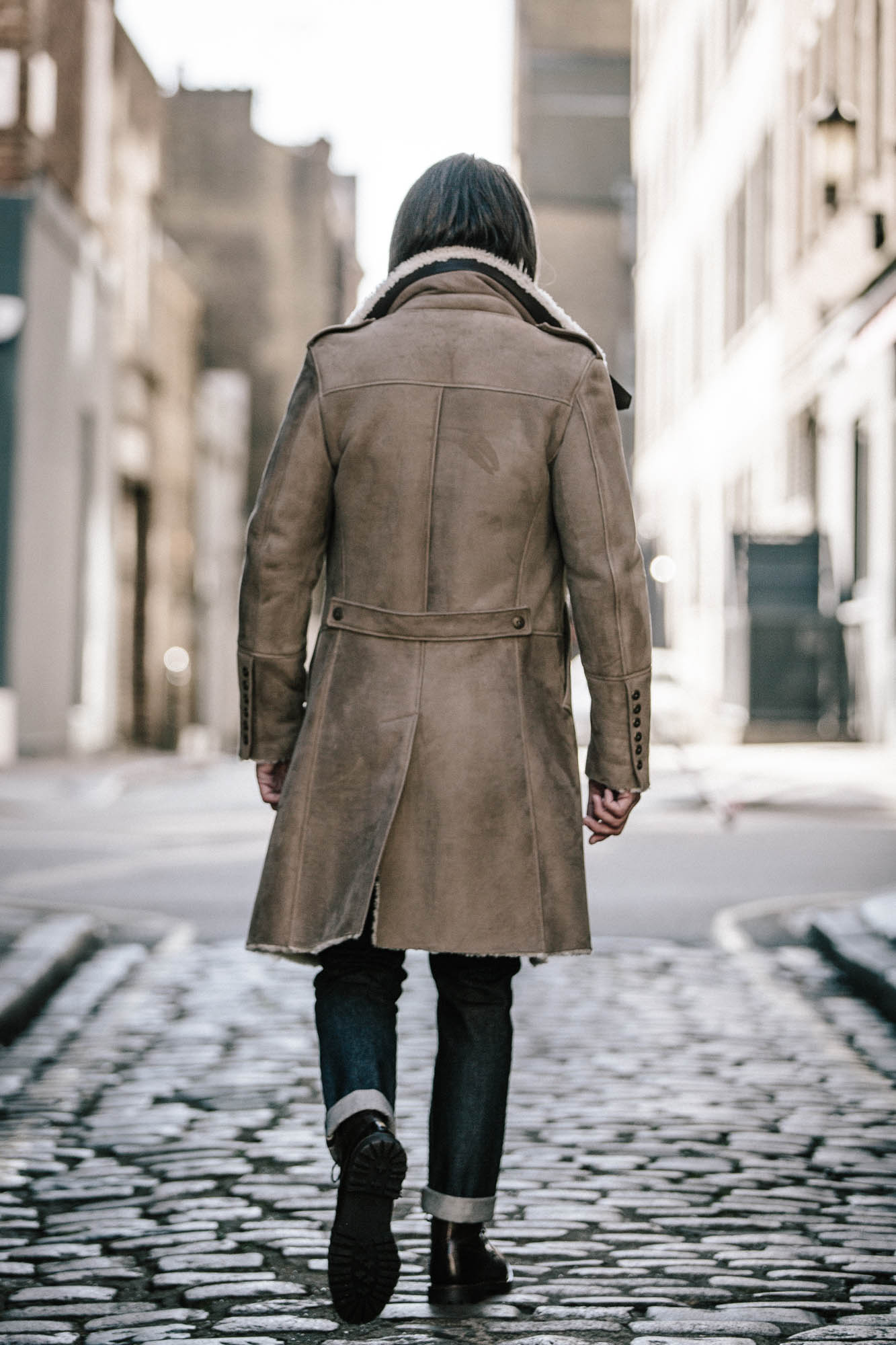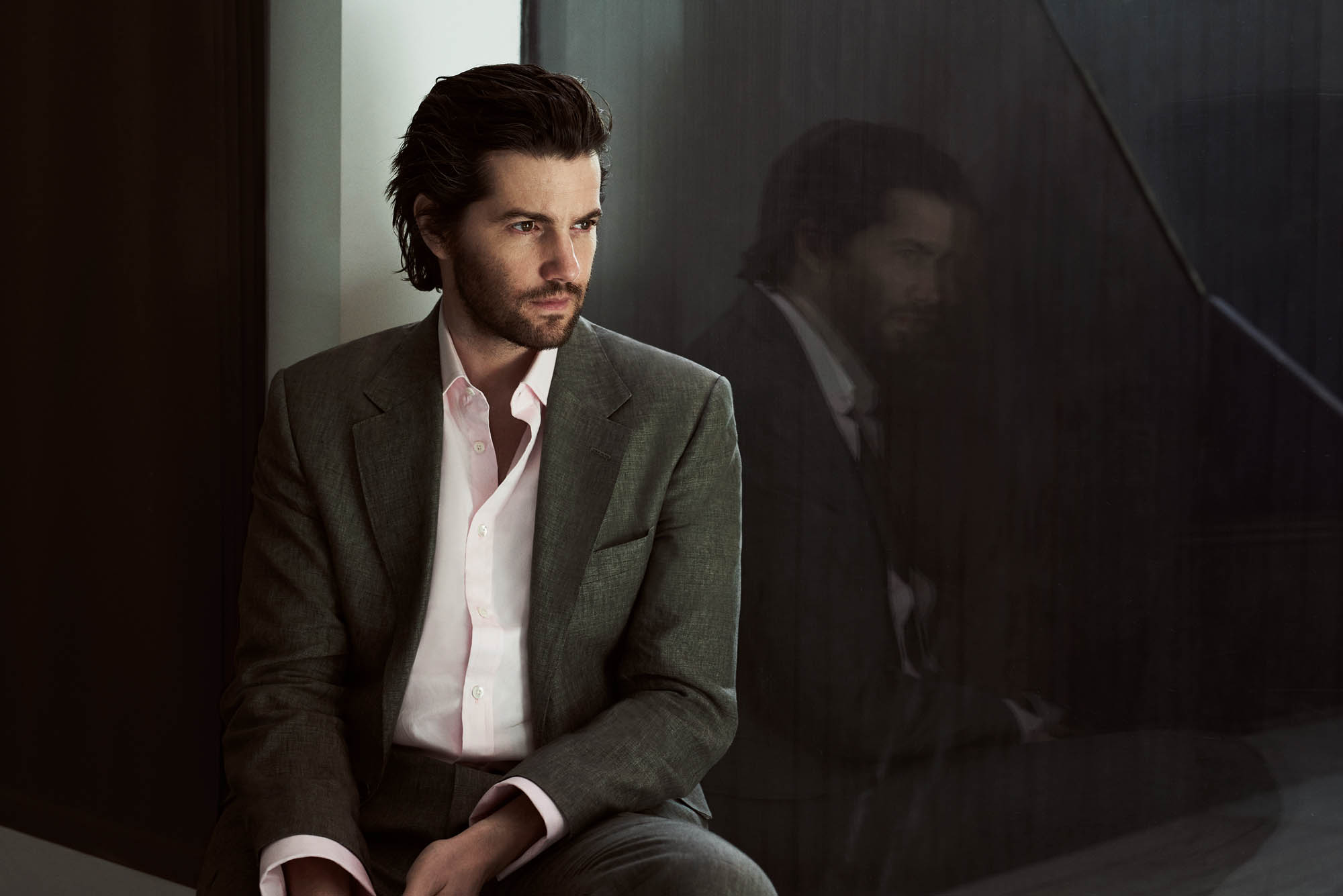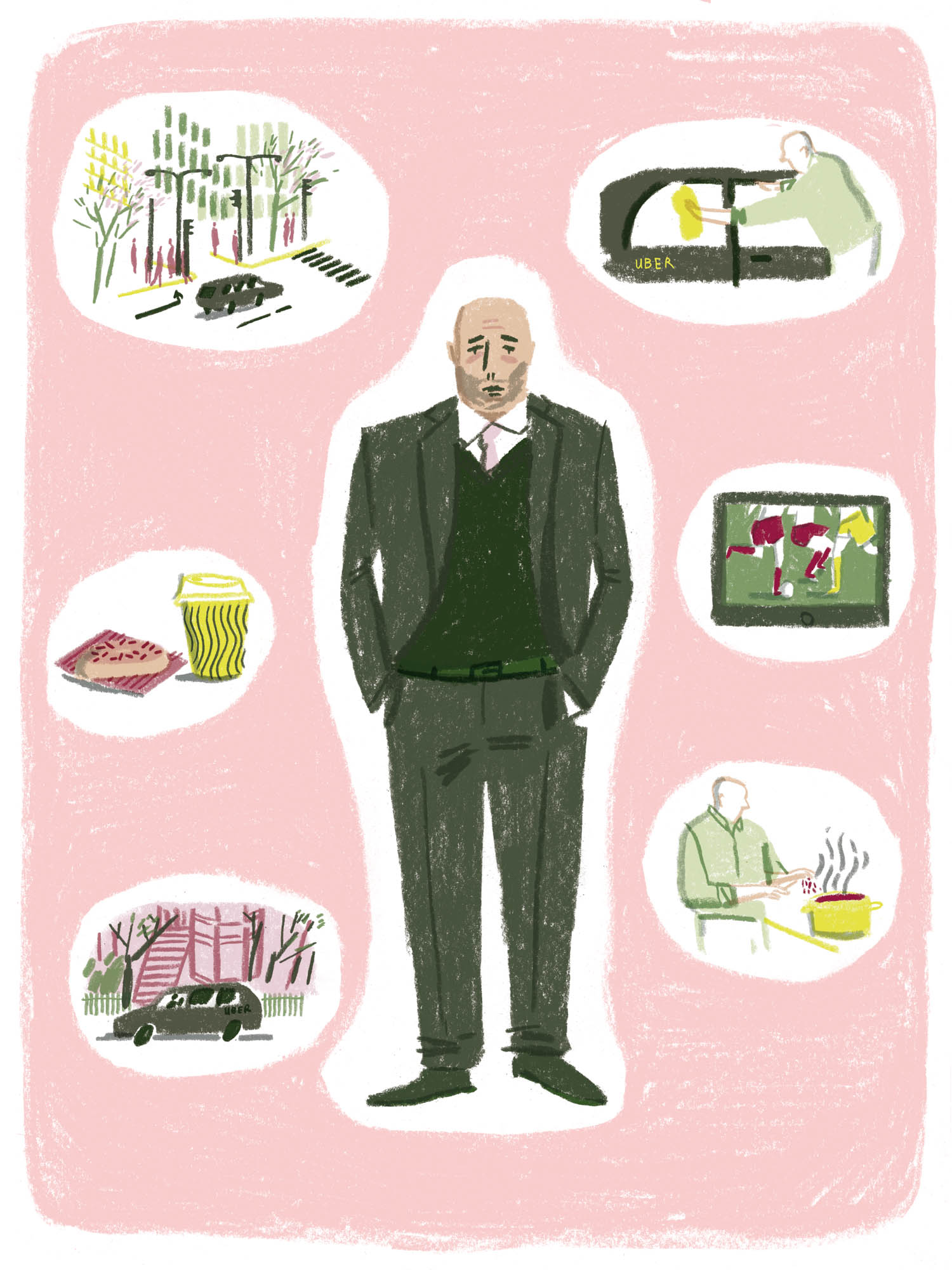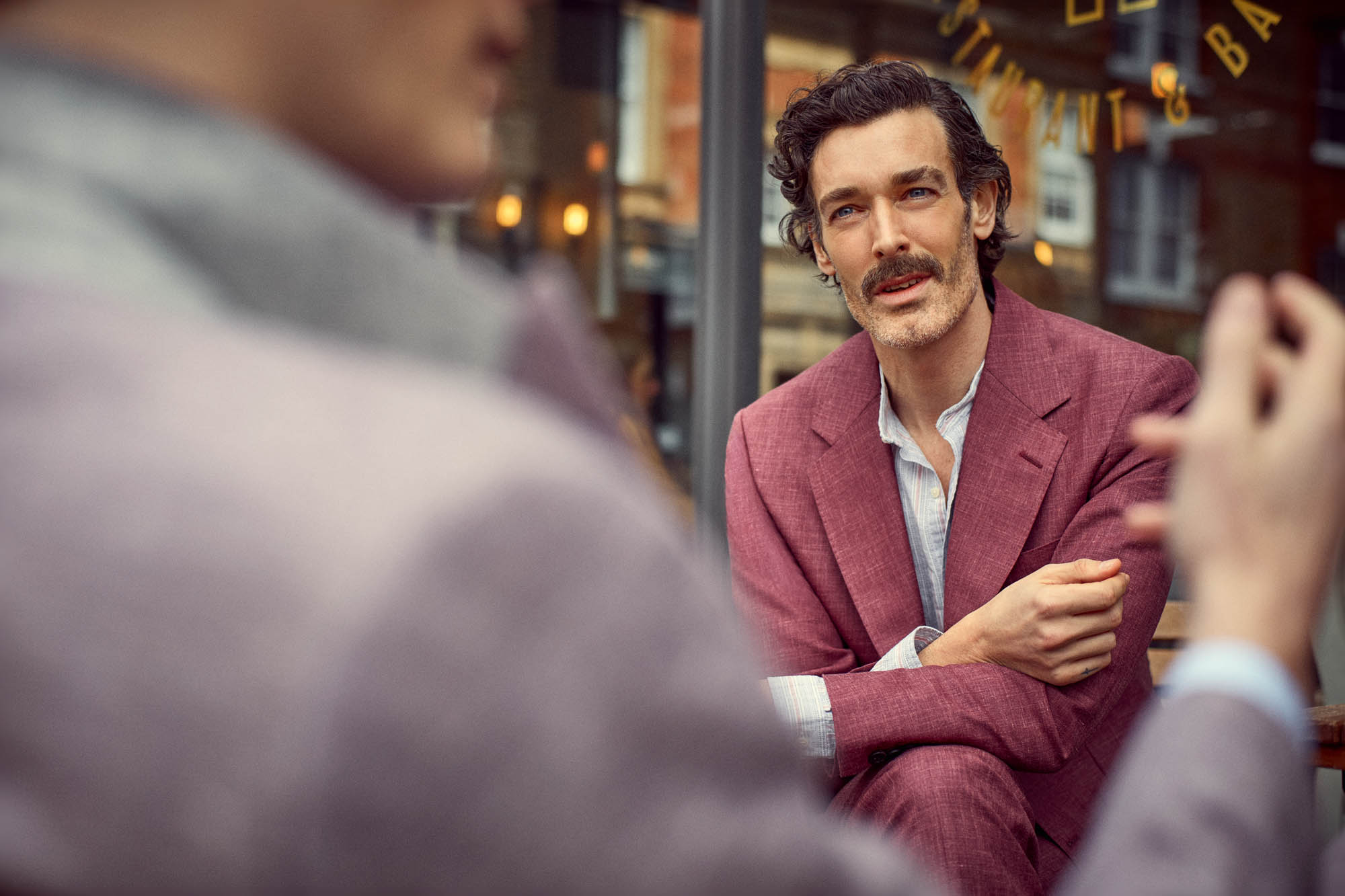When it comes to the ready availability of handmade goods, London trumps its European counterparts with relative ease. If you happen to disagree, stroll down Savile Row or Jermyn Street, and it’s overwhelmingly clear why. The plethora of known names, boutiques and haberdasheries that offer finely made menswear and accessories in such a concentrated area is simply astounding. However, one thing that those two famed streets lack is a specialist in leather. To find that, you’d need to head two kilometres north, to Chiltern Street in Marylebone. There, you will find Cromford Leather Company and its wonderfully charismatic owner and creative director, Pauline Harris.
Cromford was founded in 1971 by Alan Sprooles and Peter Goodall, who made bespoke jackets for the rich and famous, including Mick Jagger, Pierce Brosnan and HM Queen Elizabeth II. They traded under the name General Leather Company, but when they retired and Pauline took over, the company was given a new name, as well as a new a lease of life in terms of its design, marketing and branding. Now, there’s a burgeoning ready-to-wear offering in addition to a made-to-measure, bespoke and repairs and alterations service. All of this work occurs downstairs, just like a tailoring house on Savile Row, while upstairs the soft suedes and rough and tough leather jackets are displayed proudly. Garments are made individually using the finest quality skins. Each skin is carefully selected and cut to ensure the optimum part of each skin is used for the particular garment being produced. So, taking into account that leather presents more complexities to work with than cloth, and that there’s no room for error, you naturally have to appreciate Cromford Leather.
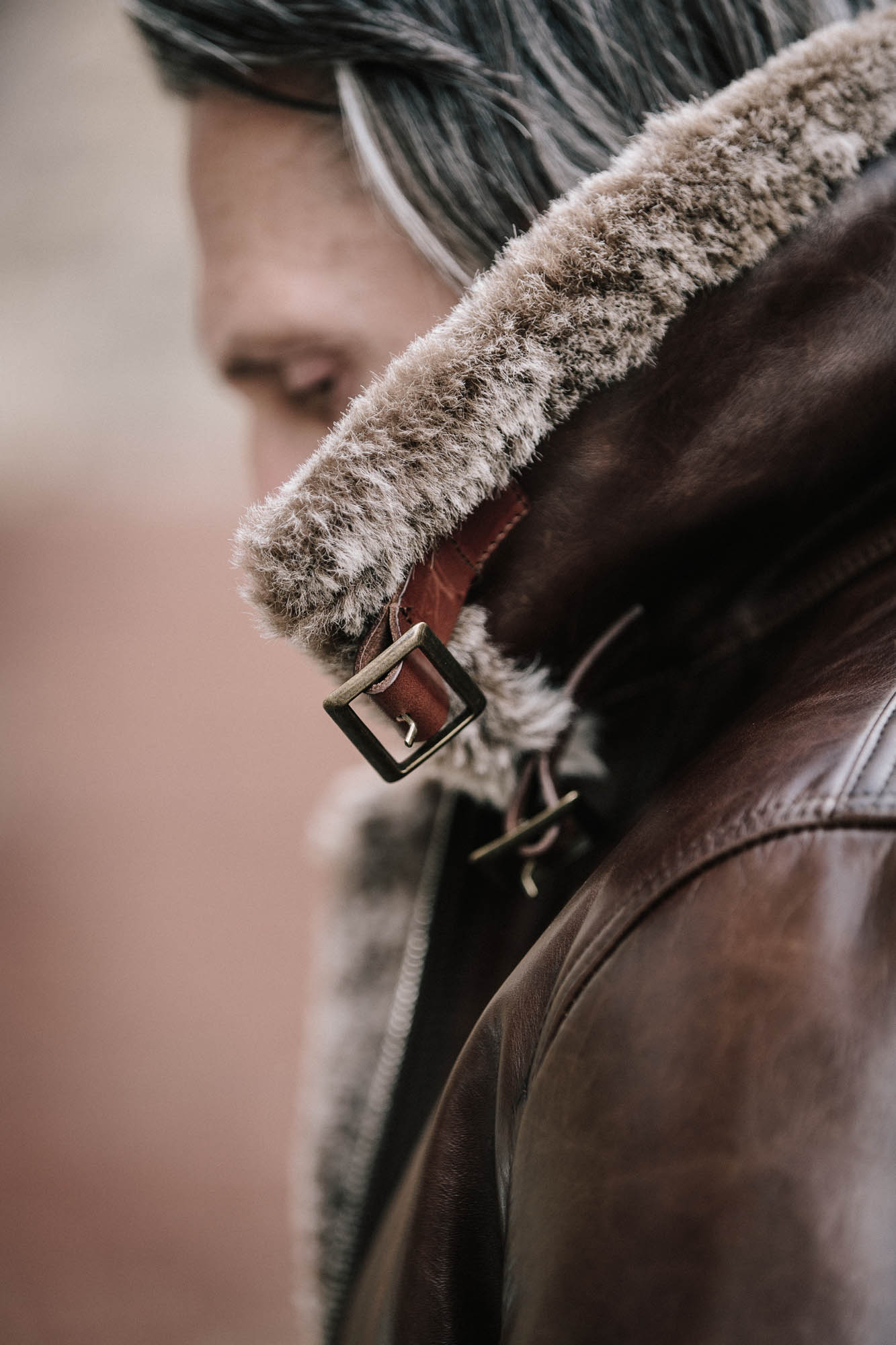
When did you start your career in leather?
I started when I was around 17 years old in Sheffield. I did an apprenticeship with two young designers who were working with leather.
What made you want to get an apprenticeship in the first place?
I was already cutting up leather jackets from secondhand shops. I started doing that when I was 14 – it was during the punk times. You could wear what you wanted, and there was such incredible freedom. You didn’t buy anything new.
What was your apprenticeship like?
We used to do a lot of bespoke then, and it was exciting as there were all sorts of people walking through the door. I felt that I was working with something that not many people were doing at the time: leather tailoring is quite niche.
So when did you join the General Leather Company?
In 1993. The company was founded in 1971 by Alan Sprooles and Peter Goodall on Wardour Street in Soho, and then they came here to Chiltern Street around 1975.
How was business for them over the course of 40 years?
It was very good. Those were different times, though. I came here in the 1990s, and there was a lot more leather around then. They used to make a lot more womenswear. It’s funny – they did a lot more women’s and now I’m doing a lot more men’s.
If there was one lesson that has stuck with you most, what would it be?
I guess it would be to stick to your guns. I can’t do anything else but be honest.
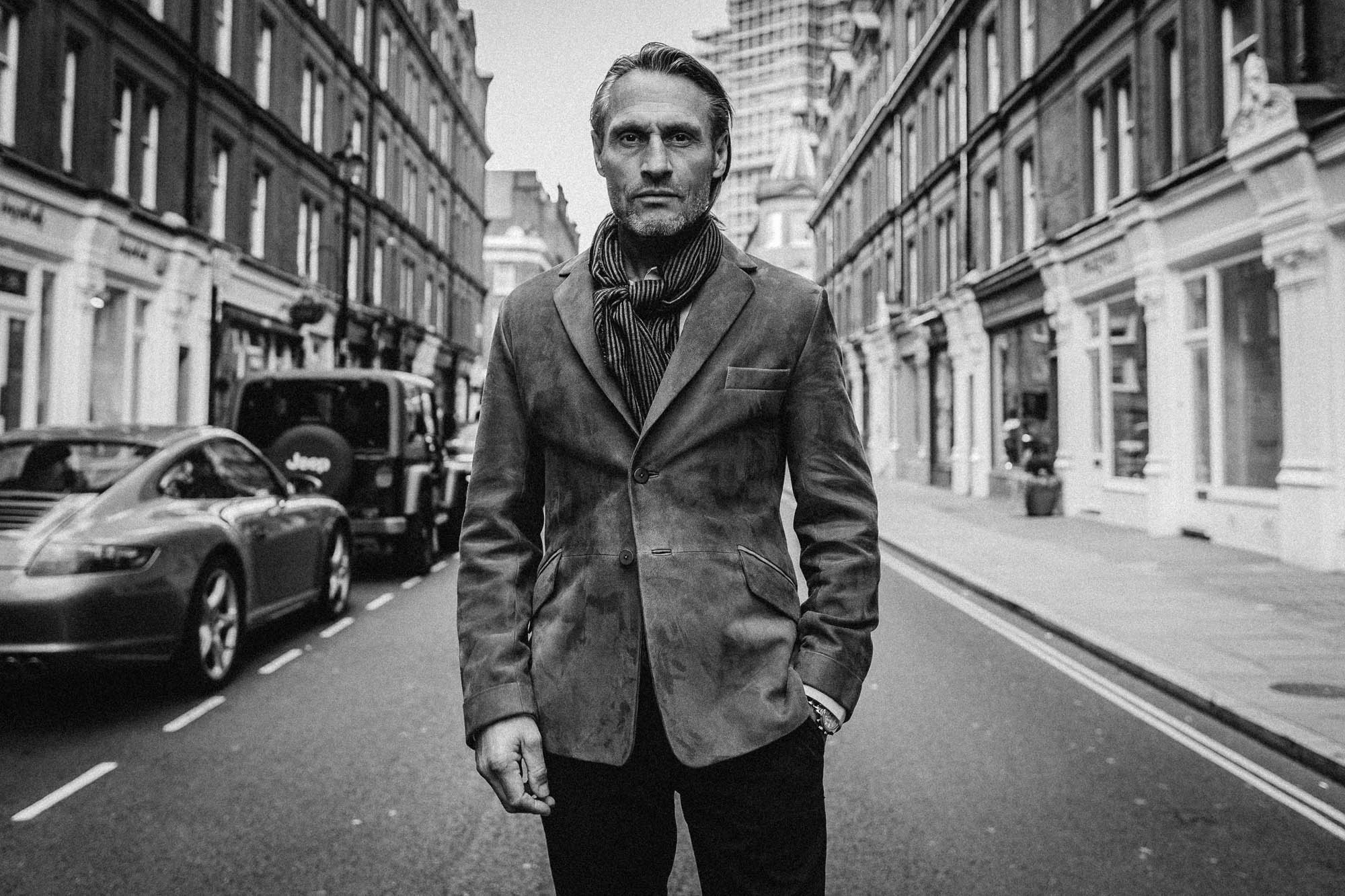
Over the last 40 years, some high-profiled names have worn pieces from here, including the Queen?
Yes, we made a red suede coat with fox fur for the Queen back in the 1990s, which I worked on. At the end of the road opposite, the Chiltern Firehouse, there used to be one of Queen’s dressmakers. It was the most understated little shop with a coat of arms in the window. They commissioned us to make it for her. We also made a jacket for Mick Jagger for his Voodoo Lounge tour in the 1990s.
How did you owning the company come about? Did you put an offer in?
Alan and Peter wanted to sell the business to me, saying I was the right person to take it on. I was uncertain, but discussed it with my other half, who was very supportive, so I decided to go ahead and take the opportunity. The first year was especially challenging – on top of rebranding the business and redeveloping the website and renewing the entire collection of stock, I was diagnosed with breast cancer. Managing the new business and going through treatment at the same time was difficult, but in a strange way they were a distraction from each other and I managed to come through the other side with good health and a fantastic business.
Where did you get the name Cromford from?
Cromford is a small village near where I’m from in Derbyshire. There are these beautiful huge mills there. It also sounds very British.
Did you feel that the business needed a strong digital presence?
Yes, we needed a new website, but for that I needed new content. So, I recut the whole pattern block as it was all a bit old-fashioned.
How would you describe the new block then?
It’s a much slimmer fit with a higher armhole. Back in the day, there were really big sleeves on the jackets, so I put it back on to the shoulder as it hung slightly off. Everything is much sharper, basically.
What’s the ratio between ready-to-wear, bespoke and alterations?
It’s a fairly even split. We do a lot of alterations as there aren’t many leather specialists out there. We do a lot of bespoke and made-to-measure, as men often see a jacket and say, “I like that, but could you make it a bit longer?”
So with your bespoke, how does it work? Do people tend to want to create a completely new jacket style?
Customers ideally come in with a photo or picture of the jacket they have in mind. I’ll ask them about the finer details, take their measurements and then make a toile, which is a canvas mock-up of the jacket design. The customer will have the toile fitted, and any tweaks or changes are made at this stage. Then, once all details are agreed, we go ahead and make the garment in the chosen leather, suede or sheepskin.
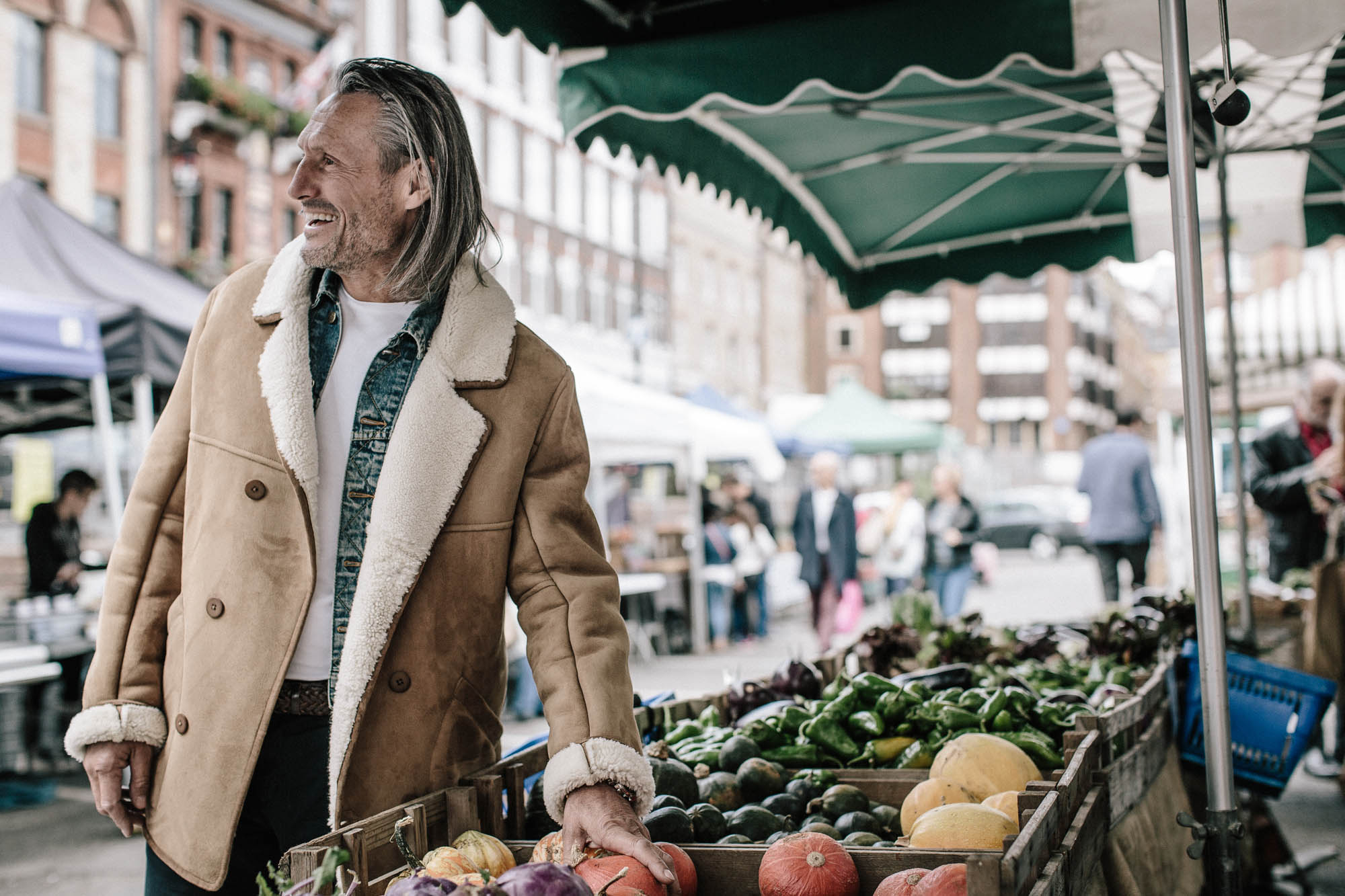
What sort of pictures are they showing you? Pictures from classic Hollywood films?
Occasionally, but more often it’s an assortment of photos where they like the collar on one and the sleeve design of another.
What are the differences between your ready-to-wear and bespoke offerings?
Our ready-to-wear collection is “off the peg” and made to standard sizes. Made-to-measure involves adjusting a specific jacket design to someone’s personal measurements, ie shorter arms/longer torso etc. Bespoke is where we create a unique garment as per the customer’s vision. Nonetheless, all our tailoring is done here in London – even our alterations are worked on in our atelier on Chiltern Street.
What’s on your checklist when selecting skins? You primarily use French and Italian, right?
Quality, quality, quality. I’m not looking for anything fancy or wild in colour. I just want good quality leather.
What is it about leather that draws you to it and how does working with it compare to traditional tailoring?
Leather has more depth and character than cloth, and its character changes and develops over time. Some people are handbag people and others are jacket people – you can never have enough jackets.
What determines a quality skin?
The feel. You can feel quality leather, and for me, quality is about selecting the best skin for the style of jacket. A rugged sheep’s leather might be perfect for one style, whereas a butter-soft lambskin works best for another.
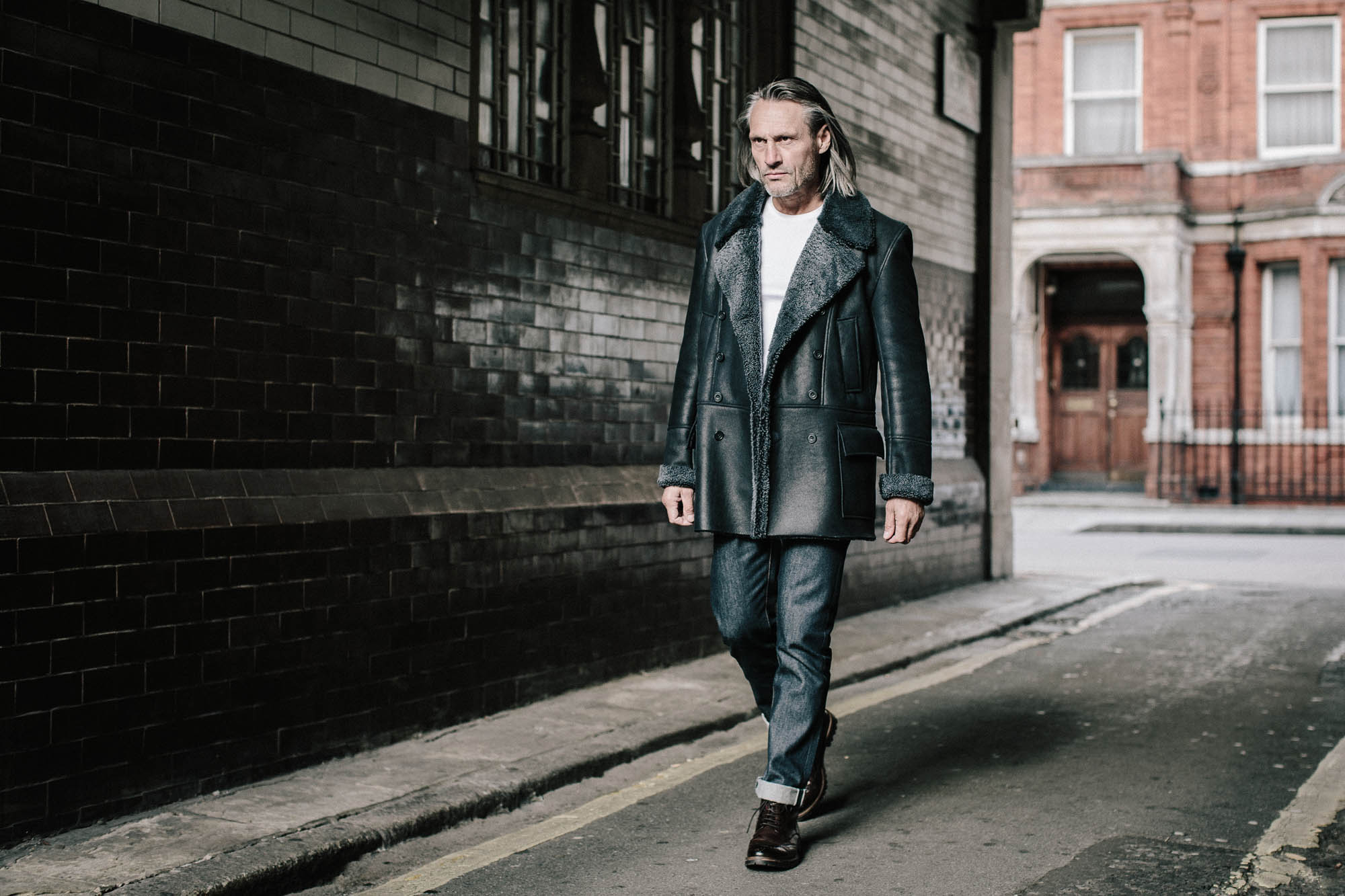
What is it you like about working with menswear?
I like working with men because they tend to invest in a jacket, whereas women often don’t think about garments as investments. Men often come in with a jacket that they’ve had for 20 years and say that they want a new one, but they really just want the same style again. So we modernise the cut. Men tend to be pretty conservative, and they want a classic look. The challenge for me is finding the perfect leather for the garment being made.
Do you still like the challenge of working with women then?
My female customers tend to buy bespoke, so I get the same pleasure of working on custom designs, whether it’s for men or women!
Do you feel this industry is at serious risk?
Yes, of course. That’s why I’ve got my apprentice, Cameron, and I’m teaching him everything I can. I do think that there is a renewed appreciation for the work of artisans, though. People are starting to truly value handmade items again!
